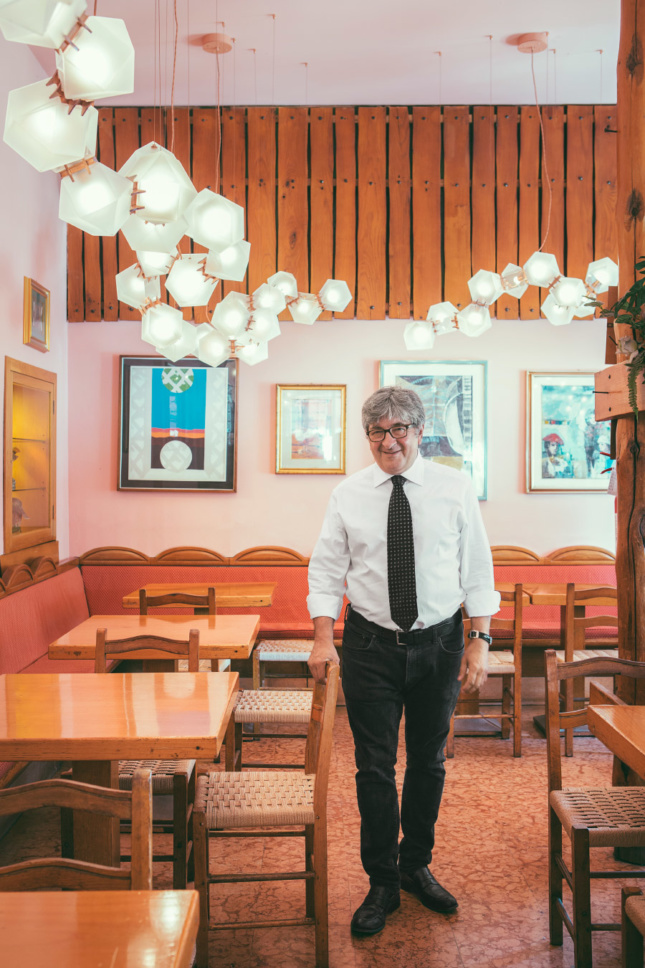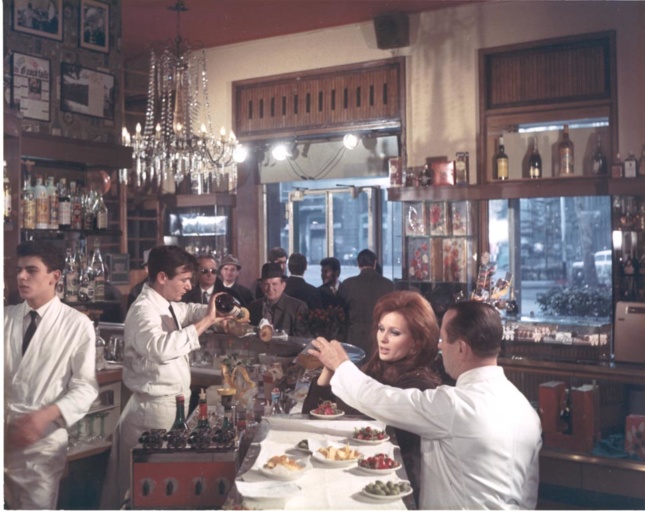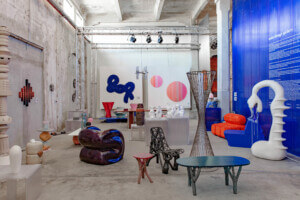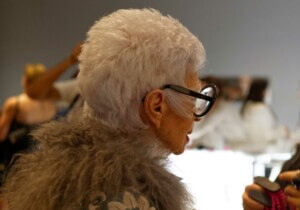On the occasion of Bar Basso’s 51st birthday this October, the designers of Gabriel Scott presented a new lighting installation, the first addition to the famous Milanese watering hole’s interior since 1967. AN Interior contributor Jordan Hruska sat down with the bar’s owner, Maurizio Stocchetto.
AN Interior: How has the design of Bar Basso changed over the last 51 years?
Maurizio Stocchetto: Bar Basso was founded in 1947, but my father, Mirko Stocchetto, took it over in 1967. He kept most of the furniture of the previous owner, including wood paneling, mirrors, chairs, and the iconic neon sign outside.
AN: Explain the history of how your father created the infamous Negroni Sbagliato and his overall vision for the bar.

MS: In the 1960s, cocktails in Milan were hard to come by. Oddly enough, they were popular in Venice, Cortina, and Florence—mostly in the lounges of the big hotels. My father brought an old-school experience he gained by working at hotel bars to a small street corner in Milan. One day, while making a Negroni, a cocktail traditionally made with Campari, red vermouth, and gin, he substituted sparkling wine for gin, claiming that he picked that bottle by mistake. He finished the drink anyway. I‘ve never known if it was true, but the name Sbagliato, which means “mistaken,” caught on.
AN: Why do you think designers were initially attracted to Bar Basso as a place to gather in the 1980s?
MS: Bar Basso attracted many creative people starting as far back as the 1960s. I think it’s because of its unpretentious atmosphere. Joe Colombo and many architects from Politecnico, the Milanese University of Architecture, were already regulars in the ’70s, but I was too young to notice them. The first designers that I personally met were James Irvine, Jasper Morrison, Marc Newson, Stefano Giovannoni, and a few others working in the [Ettore] Sottsass studio. This community started to grow spontaneously more or less at the same time as the Salone del Mobile brought more visitors to town. After our first “British Invasion,” we started to attract Scandinavian designers, design journalists, and assorted manufacturers.
AN: How has your knowledge of design changed since Bar Basso has become an informal hub for designers?
MS: The sheer proximity with designers has given me an awareness of how much effort lies behind any design piece, even for objects that we always take for granted.

AN: Thousands of designers around the world have a very intimate connection to Bar Basso. Why did you choose Gabriel Scott to design your new lighting?
MS: Gabriel Kakon and Scott Richler, owners of Gabriel Scott, contacted me last March in order to organize an exposition of their lamps during the Salone del Mobile in two of our windows. We hit it off and agreed to develop the bar’s first-ever installation to celebrate our anniversary.
AN: How did they develop the lighting installation?
MS: Gabriel and Scott proposed installing versions of their Myriad and Welles light fixtures with custom satin copper fixture finishes, which give off an alabaster glow that evokes the color of the Negroni Sbagliato.
AN: What are the plans for Bar Basso in the next 51 years?
MS: Stay alive and stay in business!











